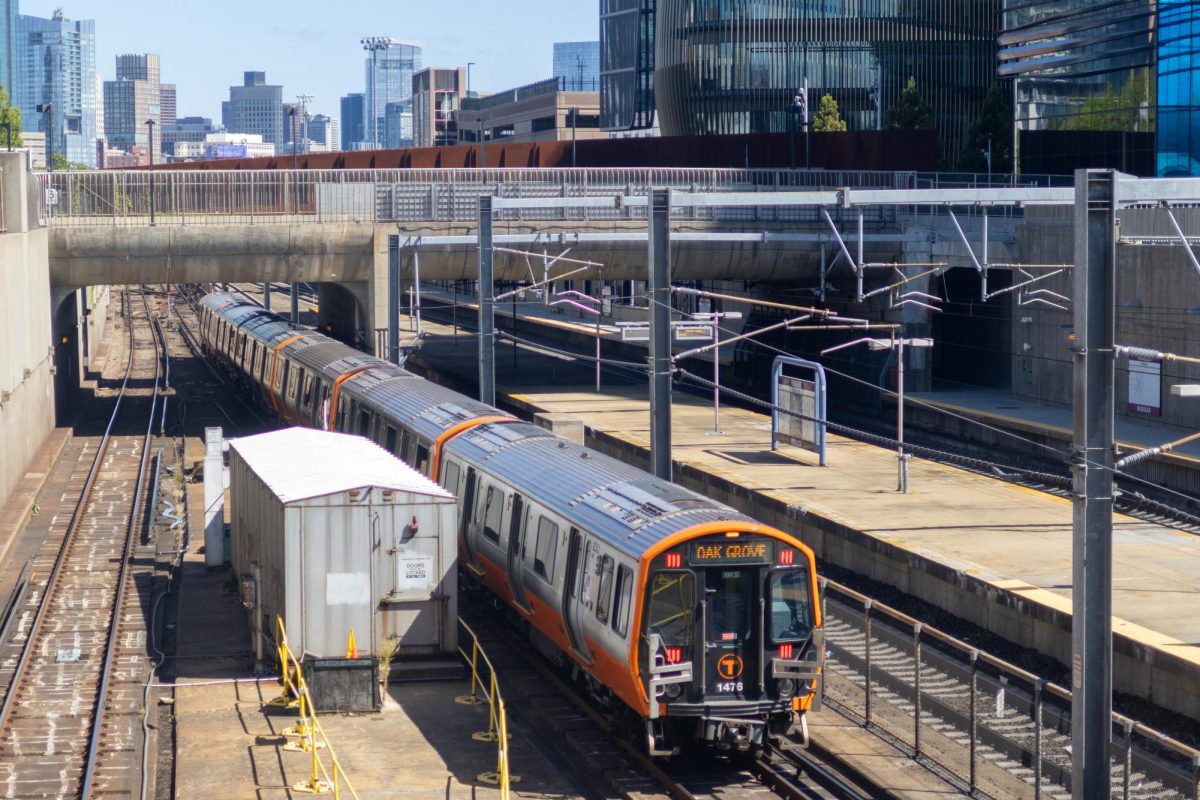By Juliana McLeod, News correspondent
On Oct. 23, a Danvers student allegedly stabbed a teacher to death with a box cutter after class. The student’s age: 14.
On Oct. 21, a gunman entered a middle school in Sparks, Nev. and allegedly began shooting, killing a teacher and wounding two students. The shooter’s age: 12.
On Oct. 15, a student sitting in the courtyard of an Austin, Texas high school pulled a gun from his sweatshirt and fatally shot himself in front of other students. His age: 17.
As of late, teenagers have been taking their anger out in ways that are terrifying the nation. Rather than seeing counselors or taking their aggression out through sports, these kids are killing and injuring other people as a way of releasing their frustrations.
Just in the past two weeks, these violent occurrences have occurred three times. If this behavioral trend continues, what will schools look like a year from now?
When I was in high school, our neighboring school, Binghamton High School, required its students to walk through metal detectors every day while entering and exiting the building. This was outrageous to other schools in the area – the idea that this school was so petrified of a student bringing a weapon into the building.
Now, this action on the part of the school seems more proactive than fearful to me. A gun or a knife would never make it into the school, eliminating the possibility of events like the ones in Nevada and Texas.
But what kind of society are we living in if metal detectors would greet students every morning, rather than teachers? The trust between students and institutions would be diminished and the personal security of students being patted down would be nonexistent.
As preventative as metal detectors may be, stopping a student with a gun at the door still signifies a kid with the need to be violent. This raises the question of why teenagers feel that they can only be heard if they end someone’s life.
Well, because it works.
Amaya Newton, a student at Sparks Middle School and classmate of the Nevada shooter, told CNN reporters that she saw the shooter get bullied a few times by fellow classmates. She added that she thinks this is the reason why he brought a gun to school.
Are we finding out that this boy, Jose Reyes, was being bullied at school when he is still alive and able to be helped? The answer is no – Jose Reyes turned the gun on himself after the attack.
We are only finding out because we need a reason for his violence. But it is too late for anyone to prevent the abuse and make sure he never feels the need to act out aggressively.
Twelve-year-old Reyes found his voice by transferring to the other side of the problem. Instead of continuing to be the victim, he became the perpetrator.
As horrible as the event was, this young boy was impressionable enough to believe that the only way to stop the teasing was to evoke utter fear in his classmates. He had no care for what would result from his actions, no sympathy for the dead teacher’s family, for the petrified parents, for the scarred staff.
But there is still no answer as to why teenagers are so certain that the rest of their lives are not worth living. Reyes will never walk in a graduation ceremony, never move away from home to build a new one, never be able to look back on middle school and accept that it was not as great an experience as he would have liked it to be.
Teenagers are deciding it is okay to not go on with their lives, to not even try. And they are doing this because adults are not stopping them from thinking this way. Is it from movies that glorify death? Is there a sick splendor to the idea of dying and having everyone think of you?
The answer is not clear, but kids are becoming more and more bold. They don’t care about the consequences.
Reyes didn’t even care about himself. After his shooting rampage, the boy ended his own life, once again a victim.
–Juliana McLeod can be reached at comments@HuntNewsNU.com.








